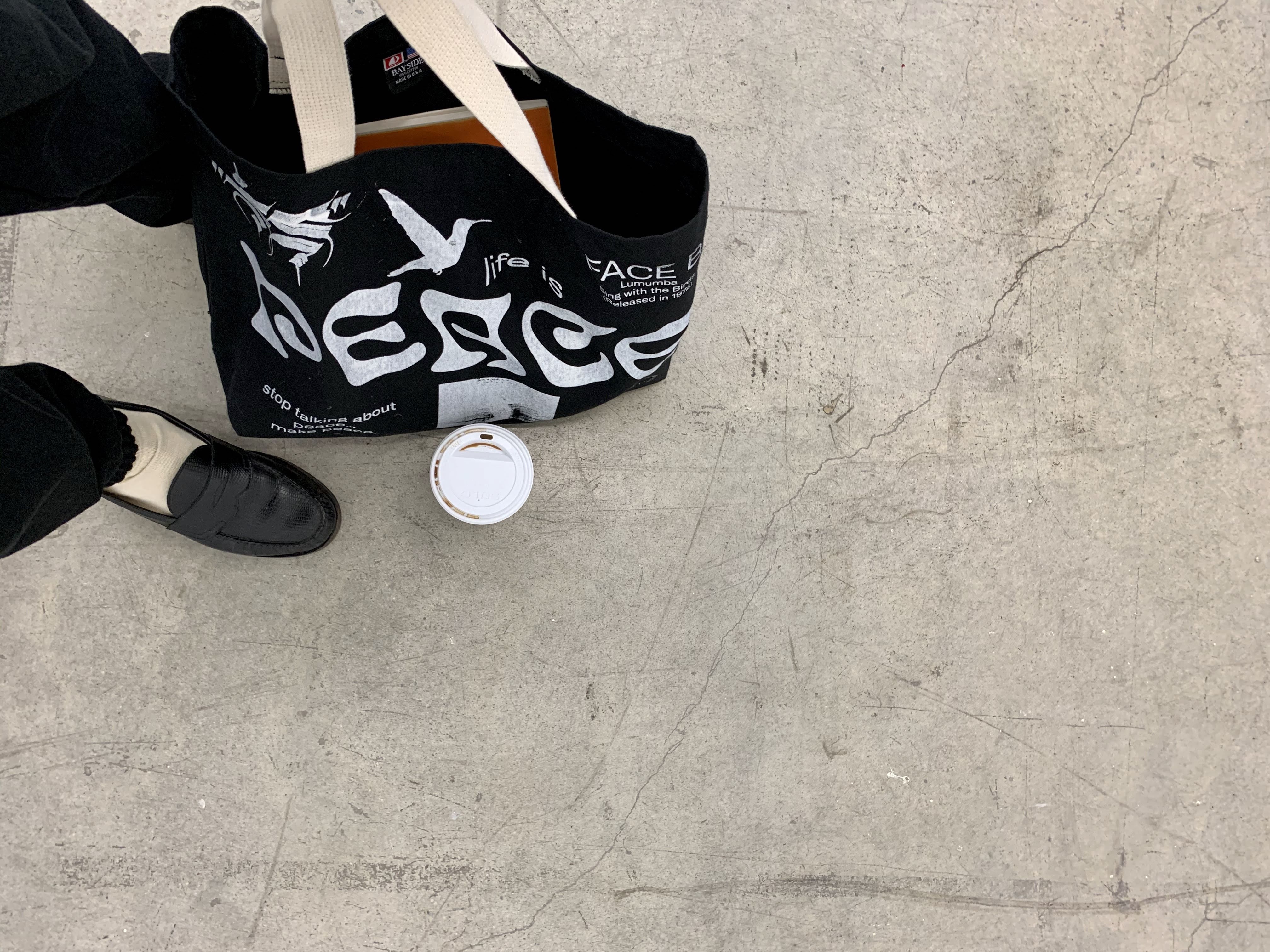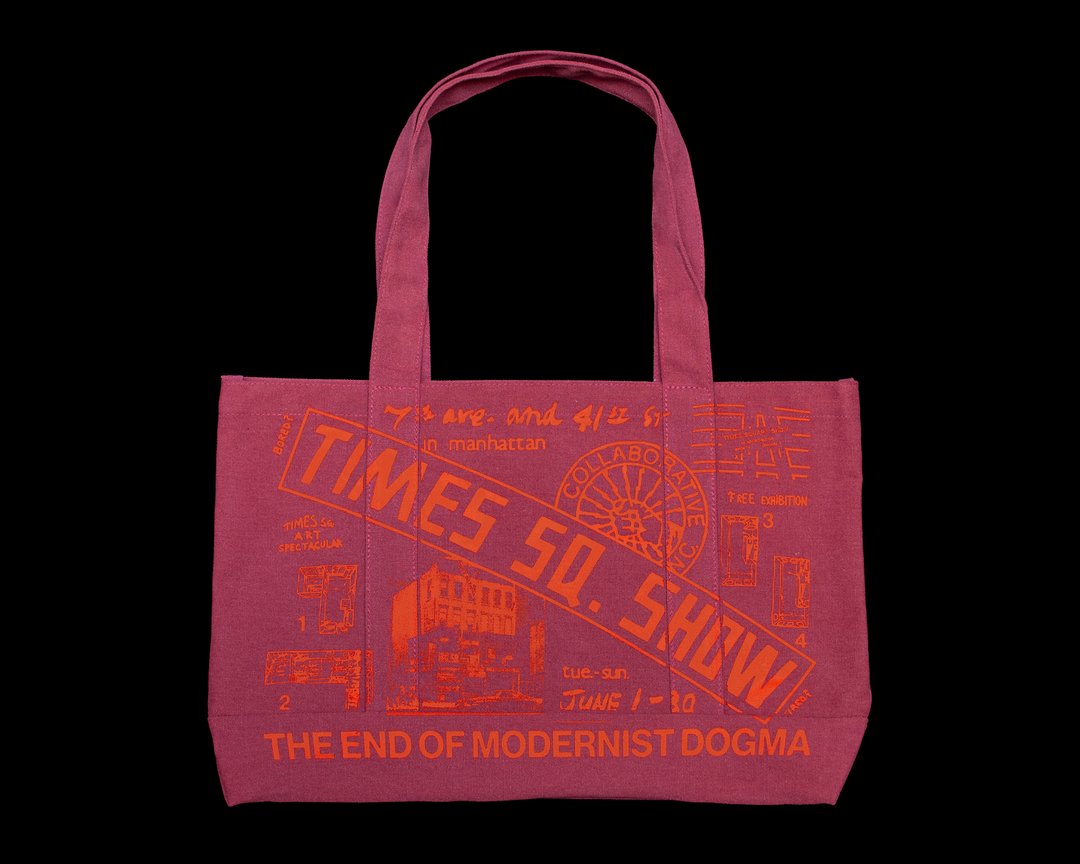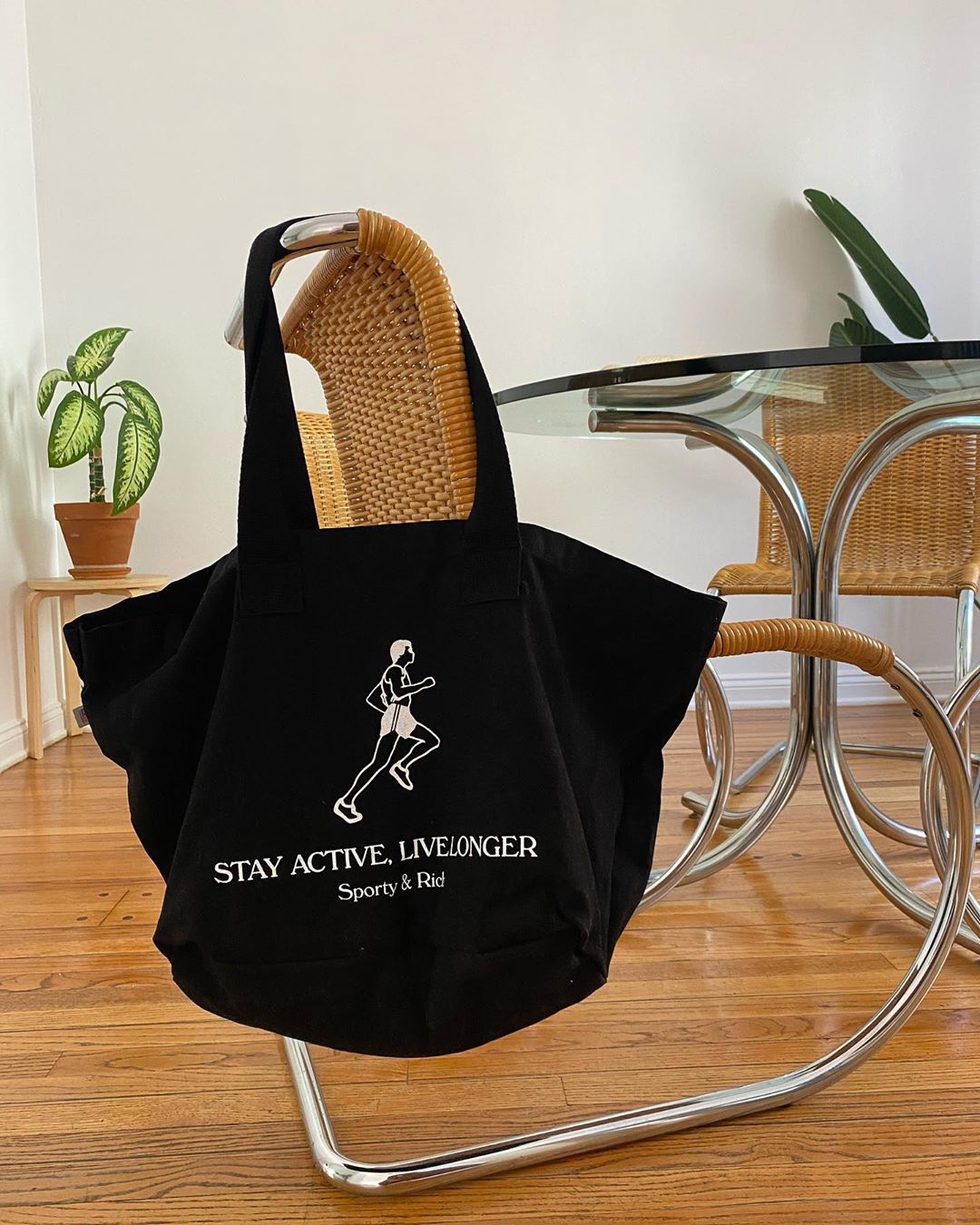Baggage:
An Introduction
By Frankie Caracciolo
Illustration by Ashley Peña
I write a lot of notes. Though it’s been years since I kept a notebook for, well, notetaking, and that’s largely out of boredom but also out of apprehension of countenancing my handwriting. (A decade of Catholic school polished my cursive into such a quality as to be beloved only by whoever cashes my student loan checks at the bank.) Lots of that writing’s gone nowhere, you figure. It’s just a lot of notes, collected fragments and reminders, like I said.
It’s the convenience of growing up a dork that you can make a broad attempt at reading the classics, loosely defined. What the classics don’t tell you but what is, apparently, common knowledge in the part of Queens that I grew up in is that the quickest path to insufferability is to lug around pen and pad or something to read with you everywhere. It’s very outer borough, sure, but the conundrum of wanting to go out on the weekend but living just far enough away from where your identity says you ought to be that a skateboard was more burden than a conveyance and a driver’s license was (and still is) farfetched, means splitting the difference by entertaining yourself with reading material, playlists, and a notebook for the crosstown jaunts.
Eventually—it would take a while though, reader—I became wise enough to the drudgery of carrying notebook and pen around (you try writing in pencil during a New York summer) at probably the same time that fashionable bookstores across the city began to install that surveillance software that tracks potential customers who are actually threadbare rather than styled like so. Still, it was this wanting to write, to turn complete thoughts into complete drafts into publishable work that brought me to the full attention of the tote bag.

Image Courtesy of The Author
Going from souvenir totes stuffed under the sink to streetwear totes with their own dedicated clothing rack was an education in material appreciation prefaced by an overfamiliarity with streetwear brands and how politics routinely if haphazardly arcs toward injustice. There were tote predecessors, however: RIP backpacks, duffle bags, a wholeass briefcase, French grocery bags, that one vintage Mets satchel, and trendy-brand shopping bags—all paving stones on the path to total tote freedom.
Still, back then, none of my totes could truly be described as cool or as an expression of identity or community in any meaningful way let alone as an advertisement for the critique of capitalism(!) or the enjoyment of culture(?). They were more functional if anything: my go-to carry-alls for whatever I was reading at the time and whatever notebook-like object I used for scribbling musings. Categorically, the tote bag was uncool; it was, stylistically, in arrested development until, to put it indelicately, that one day it wasn’t. (It’s becoming fashionable likely coincides with the rise of merch culture and the return of baggy proportions in outfits. More on that another time.)
Hand to god, life imitates Instagram. Up until quarantine, it was easy enough to take a safari through downtown and see, by the count of which totes where on display, what was trending (JJJJound), who was bi-coastal (Mister Green), who was spending weekends in Maine (Rose Foods), who just came back from Harajuku (Big Love Records), and who purchased enough at A.P.C. to secure their eponymous bag. With enough familiarity, tote spotting became the new Barthes in Japan: a way to recognize a civilization through its symbols.
Media totes proliferated, too, mollifying worries of liberals not putting money where their preferred forms of capitalism are (even if the totes themselves make the fashion set sigh). Being much easier to ship and produce in quantity, nowadays, the tote is the new mug; it’s the new—in the trendy sense, not as novelty—gift with subscription. You likely know what I’m talking about. But more likely than that, you’ve been there: It wasn’t soon enough that at every brand event, brand launch, or brand re-bar mitzvah was an opportunity to be solicited a tote. Add to which all of the places that weren’t brands until “brands” became inescapable nomenclature who, likewise, began to sport totes like it was prescribed in their founding mission statement. Totes are easy but also, per the parlance, even easier to scale.

Image Courtesy of Boot Boyz Biz
Considering its utility as an adaptable accessory, rife for customization and allegedly agnostic of histories and cultures, the tote retains widespread popularity and use. It’s so obvious you don’t even need to take note. Being so functional and street-ready is the love language of gift-givers as well as that of lowest common denominator impulse shopping. When worn shoulder slung, even in that sloppy, deflated look that belies an emptiness, the tote is an apt billboard for supplementary branding and messaging to complement what we’re already telegraphing with our outfits, haircuts, tattoos, and posturing figurative and literal.
Dilute psychoanalysis with enough streetwear shopper “logic” and you can end up thinking that a keenness for totes is a key way to get a fit off while doing less. As an accessory, the tote adds a touch of depersonalization to our ongoing projects of self-branding and signaling group affinity. Slyly or concertedly, we put the burden of modular individualization such as in-crowd inferences and cool-brand inscriptions on the tote even as we continue to camouflage ourselves in garments trending on Instagram.
From a certain vantage, streetwear and all of its sub-genres look relatively pat; there’s a sameness in the silhouettes even if you think that, and big apologies to Heraclitus here, no two Thursday drops are the same. Like the graphic tee before it, tote bags are a laissez-faire medium for positing taste and the privilege of money, time, and access. However precise the details and design are configured, the brand of your tote bag is a suppository for its values and a stand-in for the community it represents. Not everyone bearing a Strand tote is the same except by what the bag presupposes. Finally, a way to virtue signal from a fashionable side angle, wholly and communicably Instagramable. Not everyone’s a believer, but, really, you can say it with a tote.
The internal monologue machine really gets into gear, then: What exactly is the possibility, if any, of making community-based assessments or cultural appraisals from a tote bag collection? What happens when the notetaking moved online and then to mobile and the tote bag more deliberately became (for some) a vehicle for broadcasting taste in certain artists, social movements, and a variety of small-town haberdashers?
We haven’t necessarily needed to go anywhere that would have necessitated the use of a tote bag for many weeks now and the realist’s forecast is that not until maybe August, not until my birthday they’re saying, will tote brandishing resume in earnest. Those late-summer totes, absent of notebooks and, instead, packed with gloves, sanitizer, wipes, and an extra facemask. Like Rainy Dog’s protagonist, Yuuji, who was determinedly reluctant to go out when it was pouring, I just can’t quite feign interest in unhooking one of the totes from their place on the clothing rack during lockdown. So, what was previously a working rotation has, upon our quarantine-induced stagnation, become a considerable amount of baggage.
All this baggage and not enough tote bag discourse. Reviewing totes—my general aim here and for future entries in this series, just as soon as I gather my notes—will not remedy an addiction to shopping and aspiration-envy, but I can promise camaraderie and maybe even something approximating closure as well if I can just get the writing right. A bit more purposeful than a social media bio or comment, I’d submit that whatever community affiliation we claim and leader admiration we profess partially comes by way of the totes we saddle ourselves with. It’s a lot of baggage then, but it’s also worth unpacking.

Image Courtesy of Emily Oberg
Among my notes is one that says In 1988, Banana Yoshimoto wrote “Boys don’t go out of their way to feel pain.” I have streetwear brain so my immediate thought is of how great that’d look written across a tote bag, embroidered perhaps, turquoise thread on washed canvas. While that tote remains pure fiction (if it does exist, DM me pls), some brands like Queens locals Boot Boyz Biz go pure exegesis, complete lit theory on cotton bags, and by offering a garment or accessory as part of their study of a particular subject or artwork, are treating their totes like notebooks. Other labels, such as the Philadelphia-based ALLCAPSTUDIO, also in possession of a worldly and, clunky as the phrasing is, cerebral-minded outlook, illustrate their much-coveted totes as an homage to Afrobeat artist Lumumba, a name they share with the Congolese political leader of the same.
The namesake tote deconstructs the vinyl record and art sleeve produced by the band and, in an ALLCAPS twist, emboldens the song’s lyrics by placing the words PEACE and LOVE on each side of the bag in a generous size and groovy typeface. Apparently, it’s legible from one bank of the Schuylkill to the other. The directive with the Lumumba tote wasn’t for subtlety, clearly, but rather to celebrate a piece of music and its cultural heritage and shepherd its message from across the ocean to stateside jawnz enthusiasts.
This act of continuing a narrative, in this case, from Lumumba the leader to Lumumba the band to Lumumba the tote occupies roughly one half of the Cool Tote Approval Matrix. It’s a fluid transmission from having phrases across the front and back of a t-shirt and up and down its sleeves to just putting the message on a tote. (Or both, as is the case of the Lumumba line from ALLCAPSTUDIO. Why not match your tee to your tote 🙃?) The other half of the Cool Tote Approval matrix, however, more or less consists of bags distinguished by having their brand name and some light decorative motifs on the tote.
Sounds simple but not enough brands stick the landing. There’s one Sporty & Rich tote which does so and I’m saying this before the dreaded censure of cancellation came for the brand’s neck. There aren’t exactly secrets or deeper meanings with Emily Oberg’s workout-lite casualwear line inspired by vintage fitness brands (and the celebs who wore them). In fact, the calls for cancellation began in earnest after #hftwitter decried that many of the brand’s best designs are repurposed and—in the key Demna Gvasalia, Richard Prince, or Ariana Grande—plagiarized.
This tote, though. For one, it’s oversize (baggy bags, aha). A tote this size likely breaches TSA standards for carry-ons but not those of, I don’t know, the Hampton Jitney. The white-silhouetted jogger above the phrase “Stay Active, Live Longer” followed by the brand name at the bottom, is influencer as tote bag. It has an inspirational quip (ahem, caption), photographs well, and is a little absurd because this bag does not take the subway but will be full of bottles of natty wine before you can say “namaste.” This from someone who is only very recently invested in yoga as a practice and brand.
Everything that makes this bag Instagrammable inhibits its practicality, which, in the logic of our times, gives it even more utility and cultural currency. Graduates of the class of the Outdoor Voices tote, this is your new bag. Or, at least it was until Oberg insulted her followers, a group with a noted interest in purchasing WASP-aspirational streetwear. Not that I’m excluded from any of this. It’s laughable but sad that being neither sporty nor rich made me want the sold-out tote even more.
To be sure, this isn’t so much a brand as it is an influencer’s merch line. Which is a condemnation but also a very backhanded way of offering praise. Having labored a lifetime in the land of “Fuccboi Goliaths, Snobby Sneakerheads, and Menswear Uncles,” Oberg led her followers to seemingly greener and more luxurious Instagram-fed lifestyles where even the most facetious hater could see that everyone’s hydrated and that many of the sweaters say “Wellness.”
For Sporty & Rich, there was considerable success and then there was a social media conflagration around this brand because its community felt frauded by the figurehead who, despite the alarm around undelivered orders rising, doubled down with insults before apologizing. It’s unhealthy behavior, but, then again, maybe that’s what she’s used to. A brand can claim a community but a community doesn’t necessarily commit to a social contract by smashing “follow” or clicking “complete purchase.”
Even so. Emily, if you’re reading this, cool tote. It’s certifiably about baggage. A baggage that, even if our orders never arrive in the mail, we still carry with us.︎